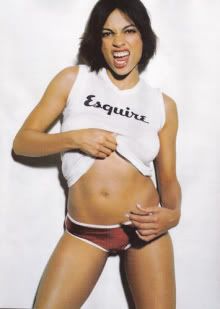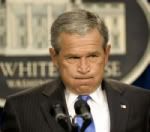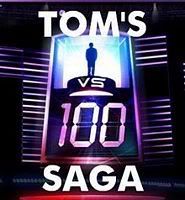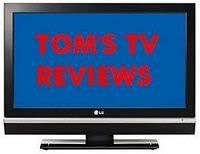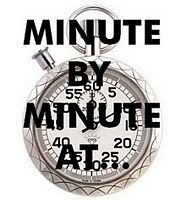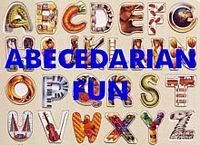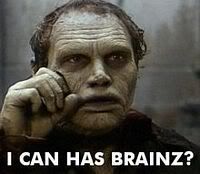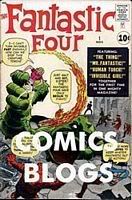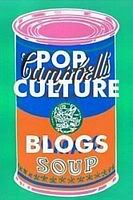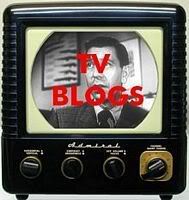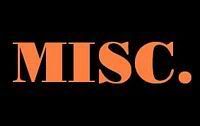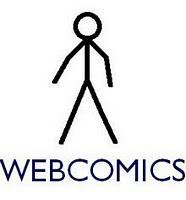BOOKS: Foul Play!
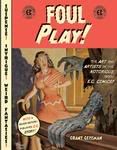
I've been meaning to talk about this book for ages now, and it's really unforgivable that I haven't. This is Foul Play! by Grant Geissman, and it is about, as the cover so comic-book-emphatically states, "THE ART AND ARTISTS OF THE NOTORIOUS 1950s E.C. COMICS!" I've always been interested in those comics, ever since, as a kid, my friend's dad showed me a trunk full of his comics collection from when he was a kid; he had primarily saved his E.C. collection, including the big three of horror comics, The Vault of Horror, The Haunt of Fear, and of course, Tales from the Crypt (not to mention Weird Science, Weird Fantasy, Two-Fisted Tales, and even a couple issues of good ol' Mad). I was astounded by how smart and scary and bold these comics were, light years ahead of any of the watered-down, comics-code-approved books I had ever seen. And I was deeply covetous; I wanted all of them for my own.
Well, I don't have them, needless to say, but Foul Play! is a pretty close second. It's an absolutely gorgeous book, not just for the contents, but as a package for those contents as well. It's smartly-produced, easy to read, and generously packed with cover and interior artwork, from thumbnails to full-size, including several complete E.C. stories. My one complaint about the artwork is the psychedelic border surrounding some of the full-page reproductions. I'm not sure why those are there, why the artwork wasn't expanded to fit the whole page; perhaps the art has been kept at original comic-size to retain the original reading experience (I didn't take a ruler to the page to find out).
Each chapter of the book takes on one of the artists responsible for those terrific comics, and gives a brief history of their introduction to the company and the comics they produced, before, during, and after their E.C. tenure. Through each artist's story, the story of E.C. Comics itself is fleshed-out, and man, can it be a heartbreaker at times. The story of E.C. Comics is basically the story of how the comic book industry became what it is today; for decades after the publication of these comics, and the subsequent destruction of the company following Frederic Wertham's witch-hunt (his Seduction of the Innocent led to the Senate hearings which resulted in the creation of the Comics Code Authority, the industry's self-made muzzle), there was nothing in the mainstream that could touch them in terms of their maturity, their creativity, their audacity, their savage wit and just-plain savagery, their general superiority in craft and quality.
Not that this is a straightforward history lesson. Each chapter relates the artist's story in an easygoing, frequently anecdotal style, relying on friends and fans (many of them famous in their own right, such as Stephen King) to lavish praise where due. In fact, the praise sometimes skates right up to the edge of being a little too heavy -- but with comics like these, the impulse to go a little overboard is understandable.
The artists profiled in this book range from those I've always admired by reputation, but have never really viewed enough of their artwork to truly appreciate, such as Bernie Krigstein, Wally Wood, and Will Elder, to those whom I've never really been aware of at all (much to my loss), such as Graham Ingels, George Evans, or Reed Crandall, to those whose work I could never possibly get enough of, who can not, in my eyes, be overly lauded, such as Jack Davis, John Severin, and the brilliant Harvey Kurtzman. (Kurtzman's portrayal, by the way, is perhaps the most negative in the book, due to his falling-out with E.C. publisher Bill Gaines.) And the artwork is almost uniformly stunning. While reading this book in public, I constantly had people looking over my shoulder, marveling at the beautiful, inventive, and often gruesome illustrations.
Foul Play! chronicles a high point in American art and culture, and it does it exceedingly well. This is an absolute must for any lover of comics, of horror, of fantasy, of science fiction, of humor, of art, of history.

